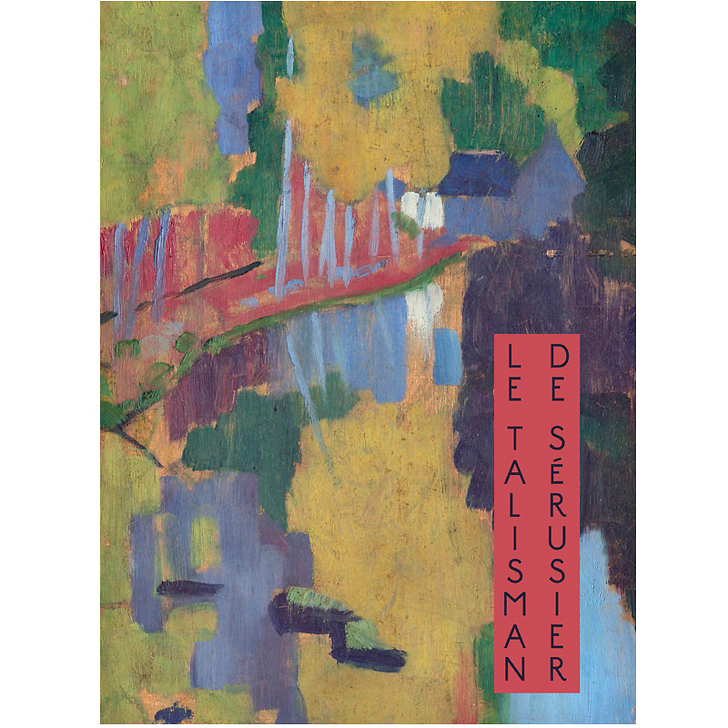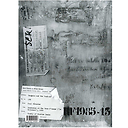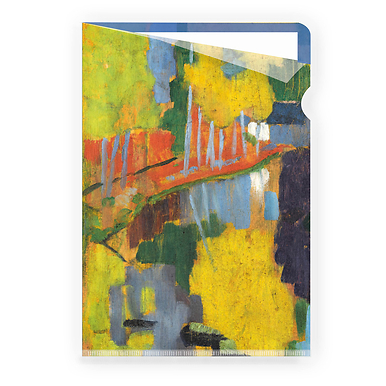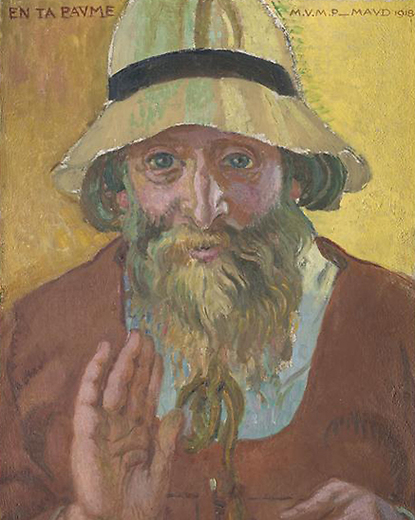Le Talisman de Sérusier - Exhibition catalogue
EK197135
Written in French.
The small outdoor study carried out by Sérusier in Pont-Aven in 1888, "under the direction of Gauguin" as indicated by the handwritten inscription on the back of the panel, was immediately elevated to the rank of icon.
As soon as the artist, back at the Académie Jullian, presented...
Read more
Written in French.
The small outdoor study carried out by Sérusier in Pont-Aven in 1888, "under the direction of Gauguin" as indicated by the handwritten inscription on the back of the panel, was immediately elevated to the rank of icon.
As soon as the artist, back at the Académie Jullian, presented to the Nabis this "synthetic" landscape with pure colours and simplified forms, they named it Le Talisman and hung it on the wall of their meeting place, Le Temple, where it was kept as a "relic".
When Serusier died in 1927, Le Talisman joined Maurice Denis' collection, who had contributed to making it a founding work by delivering the story of his creation to Occident magazine in 1903: "How do you see this tree, Gauguin said in front of a corner of the Bois d'Amour: it is green. So put some green, the most beautiful green of your palette; and this shade, rather blue? Don't be afraid to paint it as blue as possible. Thus, for the first time, the fertile concept of the "flat surface covered with colours in a certain assembled order" was presented to us in an unforgettable paradoxical form.
Serusier's study was thus placed at the centre of a kind of original myth that fixes its interpretation: a "painting lesson" delivered by Paul Gauguin inspiring the young painter to manifest an art that replaces a mimetic approach with a search for a "coloured equivalent". It is in the light of this presentation that posterity will see in this painting the announcement of a new conception of painting: pure, autonomous and abstract.
Exhibition at the Pont-Aven Museum, from June 30th 2019 to January 6th 2019 and then at the Musée d'Orsay from January 29th 2019 to April 28th 2019.
Close
Login to see prices
Sold by GrandPalaisRmn





